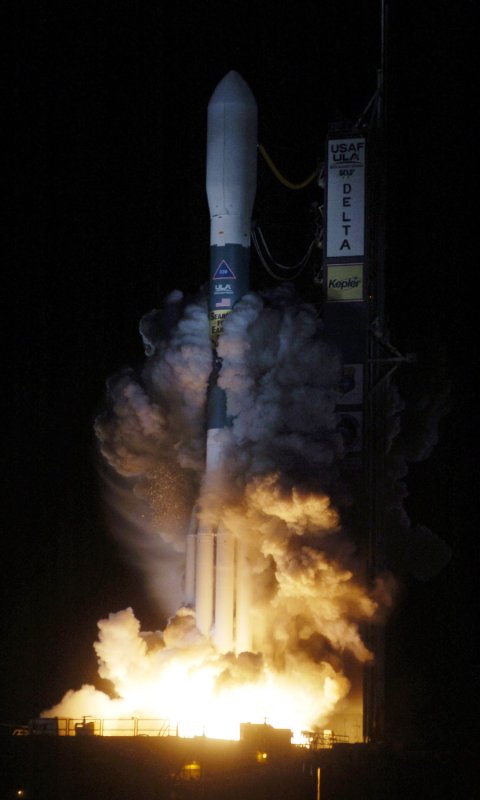MOFFETT FIELD, Calif., May 13 (UPI) -- The U.S. space agency says its Kepler Space Telescope has started its 3 1/2-year search for Earth-like worlds among more than 100,000 stars.
National Aeronautics and Space Administration scientists said Kepler, launched in March, has the ability to find planets as small as Earth that orbit sun-like stars at distances where temperatures are right for possible lakes and oceans.















